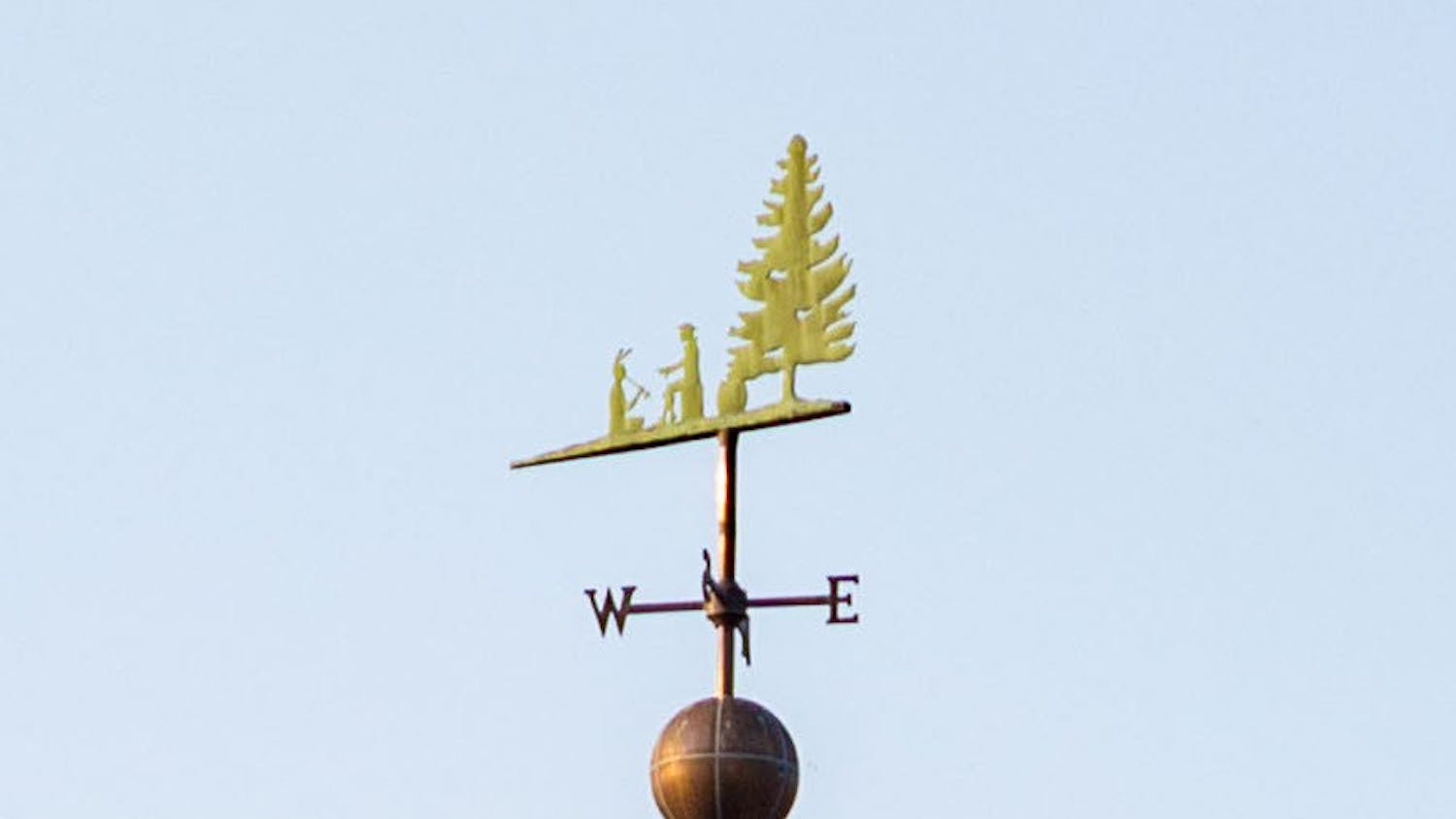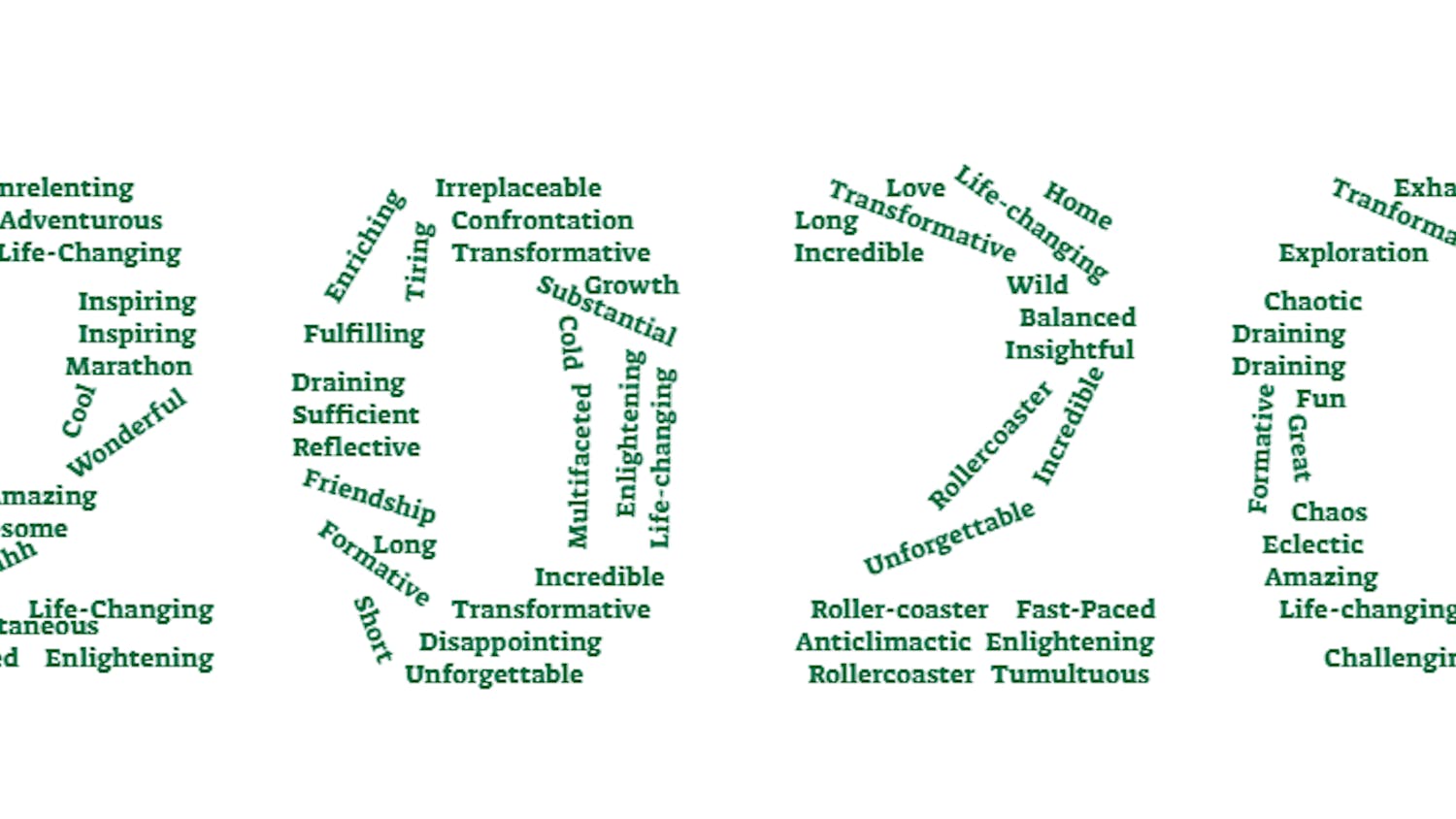As one of the art history professors and droning voices who defend the Orozco murals and the College's decision to restrict access to the Hovey murals, I feel compelled to offer a response to recent complaints about censorship published in The Dartmouth. This most recent lament is but one in a chorus of "dissenting" voices on this issue that have graced the pages of the paper since the 1970s. The latest round takes the novel tack of insulting Dartmouth students, characterizing them as grade-grubbing zombies in an attempt to rile them up about the issue. Since no actual research on the history of the murals or the College's response to them seems to have been done, I will here inform the campus readership of just a few things that might interest them.
The Hovey murals are not in "storage," if by "storage" one means inaccessible to the public. The one and only portable panel in the mural cycle is stored at the Hood Museum to enable access for anyone who wishes to view it in the Bernstein Study Storage Area. In this respect, it is like any other work in the collection (high-quality images are also available on the Hood's online database). The rest of the cycle is still in situ in the former "Hovey Grill" in the basement of the Class of 1953 Commons. These panels have remained in place to enable their use in educational contexts and are regularly viewed by students, through tours scheduled through campus organizations or classes. I myself have conducted myriad discussions in the space over the past 10 years. And this spring, I will again be bringing students to view the murals as part of my first-year seminar course.
The College published a rigorously researched and beautifully illustrated book on the murals in 2011 after receiving generous funding from the Class of 1971. "The Hovey Murals at Dartmouth College: Culture and Contexts" offers five scholarly essays on the murals, including one I wrote that places the Hovey and Orozco murals in dialogue. Students are welcome to consult this book if they want to learn about the murals, the context of their commission, the nature of the controversy that lead to the restriction of viewer access and some of the facts surrounding the College's history with respect to Native Americans. I encourage students to do their own research, to avail themselves of all information available on both murals and to form their own opinions.
I have great confidence in Dartmouth students. Having taught courses on Mexican muralism for 10 years, I have witnessed the critical intelligence and enthusiasm students bring to the topic. Those opposed to the Orozco murals might be surprised to find that my course is highly critical. It is structured around student dialogue, debate and most importantly, individual research. In each class we read an essay that takes an alternate, often unfavorable, view of the mural under discussion. And we routinely complicate easy assumptions and uninformed opinions about the politics and meaning of murals.
I invite those who are genuinely interested in knowing more about the murals on Dartmouth's campus to enroll in my class if critical debate on the subject is what they seek. The classroom, like The Dartmouth, is precisely the place for dissenting opinions. In fact, former College President Ernest Hopkins, when defending the Orozco murals against repeated calls for censorship, made this point relentlessly, a fact one can discern by doing even minimal research in the College's archives at Rauner Special Collections Library. But beware: in my classroom hastily formed opinions will be met with reasoned responses and measured not only by the passion of conviction but also by the rigor of the research authorizing the argument. If this is tantamount to a hostile environment, then I encourage students to read up on President Hopkins' arguments about the role of a liberal arts college and the classroom in fostering vigorous debate over communal values, especially with respect to contentious works of art. I think they will find that this is, in fact, the Dartmouth way.
Coffey is an art history professor who specializes in modern Mexican visual culture.



